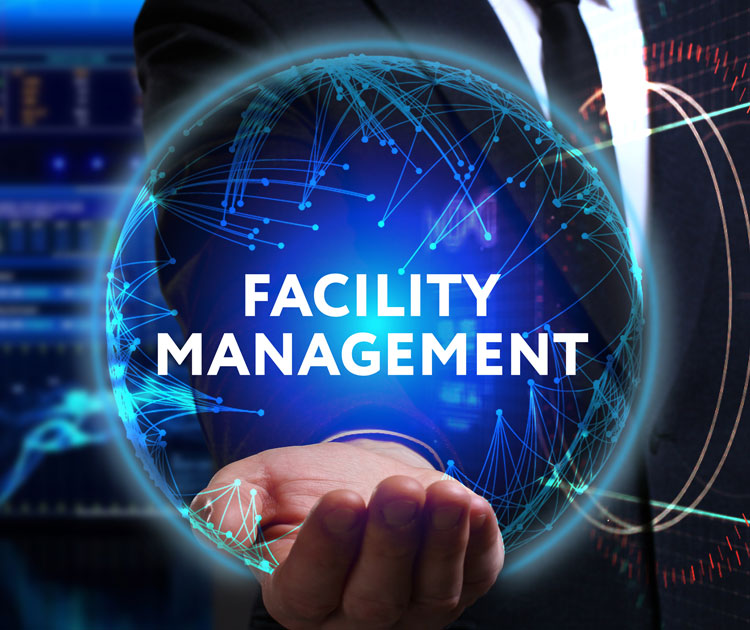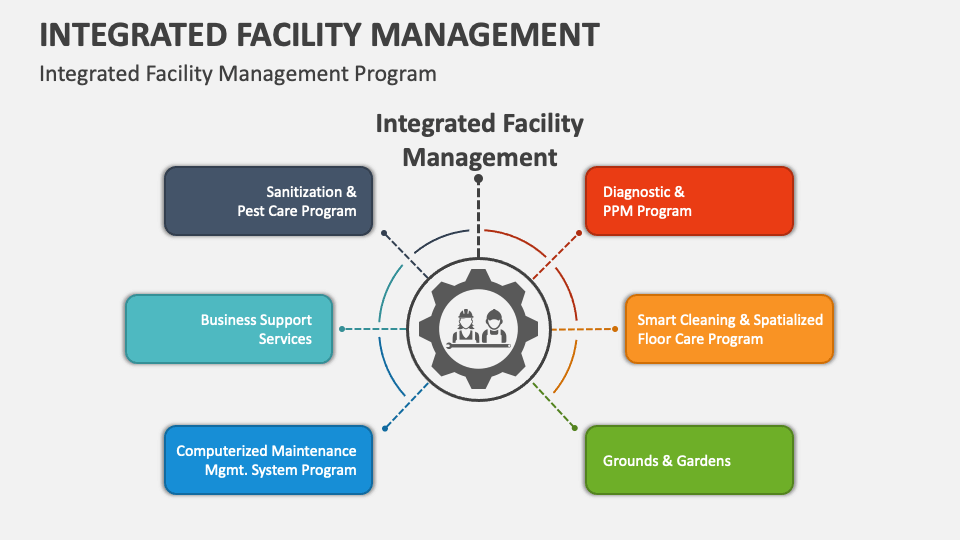Facility Management Trends That Are Shaping the Future of Office Characteristics
Facility Management Trends That Are Shaping the Future of Office Characteristics
Blog Article
The Necessary Guide to Center Administration: Strategies for Success
Center management plays an important role in the total success of an organization, functioning as the backbone that sustains safety, effectiveness, and productivity. By using tactical techniques such as incorporated technological services and cultivating cross-departmental collaboration, organizations can substantially boost their operational foundations. The subtleties of effective facility administration expand beyond simple logistics and require a comprehensive understanding of both quantitative and qualitative metrics. As we check out these crucial techniques, a closer evaluation exposes exactly how they can change not simply centers, yet the actual society within a company itself. What might these makeovers look like in practice?
Recognizing Center Administration
What constitutes reliable facility management? Reliable facility management incorporates the sychronisation of various business functions to ensure that constructed atmospheres are safe, reliable, and favorable to productivity. Facility Management. It incorporates the principles of service, design, and style monitoring to produce a seamless operational circulation within an organization
Crucial element of center management consist of space planning, upkeep management, and conformity with health and wellness laws. Space preparation focuses on enhancing the usage of physical resources to sustain business goals, while maintenance monitoring ensures that facilities are maintained in optimal condition, maximizing life expectancy and lowering operational costs. Conformity with regulative and legal requirements is critical, as it safeguards the organization against prospective obligations and boosts its reputation.
Additionally, efficient center monitoring relies upon the tactical use innovation, such as Structure Monitoring Equipment (BMS) and Computer-Aided Center Management (CAFM) tools. These technologies help with real-time tracking of building systems and enhance upkeep procedures. Eventually, a detailed strategy to center monitoring not just advertises functional effectiveness however likewise promotes a favorable setting for staff members and visitors alike, driving total business success.
Trick Approaches for Optimization
Maximizing center administration needs a tactical method that aligns operational methods with organizational objectives. To attain this, the initial crucial method is the application of integrated technical options. Using advanced software systems permits real-time tracking of facility procedures, promoting data-driven decision-making and enhancing overall performance.
Second of all, routine assessments of center performance are important. Performing regular evaluations and audits makes it possible for center managers to recognize areas that require enhancement, guaranteeing that sources are assigned effectively. This aggressive method aids in lessening downtime and enhancing solution delivery.
One more crucial approach is promoting cooperation across divisions. By encouraging open interaction between teams, center managers can better straighten their techniques with organization goals, causing improved operational harmony. Additionally, engaging team in training programs promotes a culture of liability and improves their capability to add to optimization initiatives.
Enhancing Safety Methods
Strengthening security methods is necessary for creating a safe environment within facilities. A detailed safety and security protocol not only secures employees and visitors yet also enhances operational effectiveness. To attain this, center managers should carry out routine threat analyses to identify potential risks and guarantee that appropriate procedures remain in area.
Training and education and learning are important elements of efficient security procedures - Facility Management. Workers must get continuous training in emergency situation treatments, devices handling, and personal protective steps. Regular drills, such as fire evacuations or lockdown procedures, foster familiarity and readiness amongst team
In addition, clear interaction channels should be established to report safety problems without delay. This consists of producing an easily accessible platform for employees to articulate possible dangers or events without fear of reprisal. Leveraging innovation can improve security measures; for instance, executing security systems and gain access to controls helps check facility tasks and restrict unapproved entrance.
Lastly, conformity with local laws and market criteria is non-negotiable. Routine audits and testimonials of security methods make sure alignment with present laws and finest practices. By prioritizing these strategies, facility supervisors can cultivate a society of safety and security that secures all stakeholders and inevitably contributes to the company's success.
Improving Work Environment Setting

Ergonomic factors to consider are necessary to decrease physical stress and discomfort. Facility Management. This involves providing flexible furnishings, appropriate lighting, and ample room for motion. These adjustments can lead to lowered absence and boosted job contentment
Aesthetic appeals play a crucial duty fit the workplace ambience. Making use of color psychology, all-natural illumination, and greenery can cultivate a welcoming and stimulating setting. Thoughtfully made areas can increase creative thinking and enhance overall wellness.
Furthermore, urging worker involvement with comprehensive decision-making processes can boost the feeling see this website of ownership and belonging. Collecting comments on office improvements and entailing employees in the layout process can bring about a more customized setting that satisfies their demands.
Lastly, advertising well-being efforts, such as health cares and relaxation areas, can better add to a helpful office culture. By concentrating on these strategies, facility supervisors can effectively improve the office setting, driving both employee fulfillment and business success.
Measuring Success in Facilities
Measuring success in center monitoring calls for an extensive technique that reviews both qualitative and quantitative metrics. Quantitative metrics commonly consist of key performance signs (KPIs) such as area application rates, energy consumption, upkeep expenses, and occupancy levels. These metrics supply a clear image of operational performance and financial performance, enabling center supervisors to recognize locations for renovation and standard versus industry standards.
Qualitative metrics, on the other hand, focus on user complete satisfaction and worker interaction. Surveys and feedback mechanisms can evaluate how well the facilities meet the needs of occupants, helping to assess the total office setting. This facet is vital, as a completely satisfied labor force is commonly connected to enhanced productivity and retention rates.
To effectively gauge success, center managers ought to also take into consideration incorporating innovation, such as find out here now developing management systems and information analytics devices, to gather and analyze pertinent information. Frequently evaluating both sets of metrics permits a much more balanced sight of performance and educates calculated decisions. Inevitably, an effective facility monitoring strategy rests on a commitment to continuous renovation, guaranteeing that both operational performances and user contentment are focused on.
Conclusion

Facility management plays a critical duty in the total success of an organization, serving as the foundation that sustains security, productivity, and performance.Secret components of facility management consist of space preparation, maintenance administration, and compliance with wellness and safety laws.Additionally, reliable facility monitoring relies on the calculated use of technology, such as Structure Monitoring Solution (BMS) and Computer-Aided Center Monitoring (CAFM) devices. Inevitably, a detailed approach to facility monitoring not only promotes functional efficiency however additionally promotes a favorable setting for workers and site visitors alike, driving general business success.
Ultimately, an effective center management technique pivots on a dedication to continuous improvement, making sure that both functional efficiencies and individual contentment are focused on.
Report this page